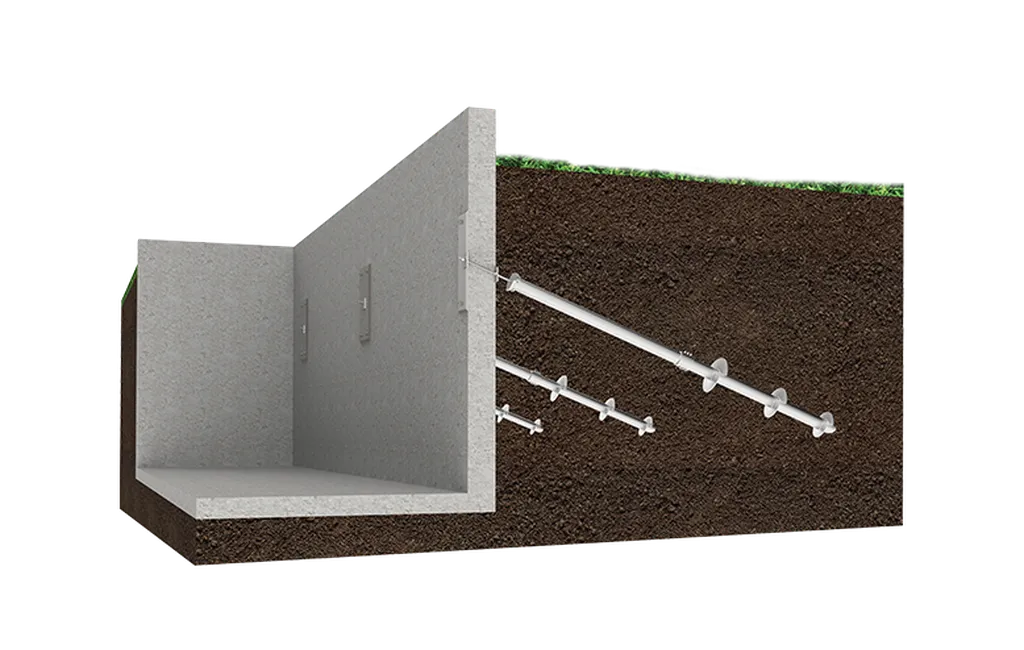In the heart of China’s soft soil regions, a groundbreaking study led by CHEN Shengyuan and his team at the Nanjing Hydraulic Research Institute is reshaping the way we think about retaining structures. Their research, published in the journal *Yantu gongcheng xuebao* (translated as *Rock and Soil Engineering*), delves into the lateral load reduction mechanism of anchored sheet pile walls enhanced by deep cement mixing (DCM) piles in the active zone. This isn’t just academic curiosity; it’s a potential game-changer for the construction and energy sectors, particularly in areas where soft soil poses significant challenges.
The team employed geotechnical centrifugal model tests to investigate how DCM piles in the active zone impact the lateral response of anchored sheet pile walls. “We found that installing DCM piles in the active zone creates a horizontal soil arch effect,” explains CHEN. “This shifts the lateral loads from the soil to the piles, reducing the earth pressure on the wall.” The results are striking: a 25.6% reduction in lateral active earth pressure, a 32.4% decrease in bending moment, and a 26.7% reduction in lateral displacement compared to unreinforced foundations.
To validate their findings, the researchers conducted a three-dimensional finite element numerical analysis, which not only confirmed the centrifuge test results but also provided deeper insights into the interaction between the structure and the soil. The study highlights the significant impact of foundation reinforcement parameters such as pile length, pile spacing, and pile strength on the lateral load reduction efficiency of the anchored sheet pile wall.
For the energy sector, these findings are particularly relevant. In areas where soft soil is prevalent, such as coastal regions and river deltas, the construction of wharves, foundation pits, and other infrastructure is often complicated and costly. The use of DCM piles in the active zone could lead to substantial cost savings and improved structural performance. “The lateral load reduction effect of the DCM pile becomes more prominent with greater excavation depths,” notes CHEN. “This means that as we dig deeper, the benefits of using DCM piles increase.”
The study also provides practical guidelines for optimizing the performance of DCM piles. For instance, when the DCM pile is end-bearing and the pile spacing is twice the pile diameter, the lateral load reduction effect is maximized. These insights offer valuable references for the design and construction of similar projects in the future.
As the construction industry continues to evolve, the integration of innovative techniques like DCM piles in the active zone could become a standard practice. This research not only advances our understanding of soil-structure interaction but also paves the way for more efficient and cost-effective construction methods. For professionals in the energy sector, this means better infrastructure, reduced costs, and improved safety—all of which are crucial for the sustainable development of energy projects in soft soil areas.
In the words of CHEN, “Our findings provide insights for controlling the deformation of retaining structures and saving project costs.” With this research, the future of construction in soft soil areas looks brighter and more stable than ever before.

